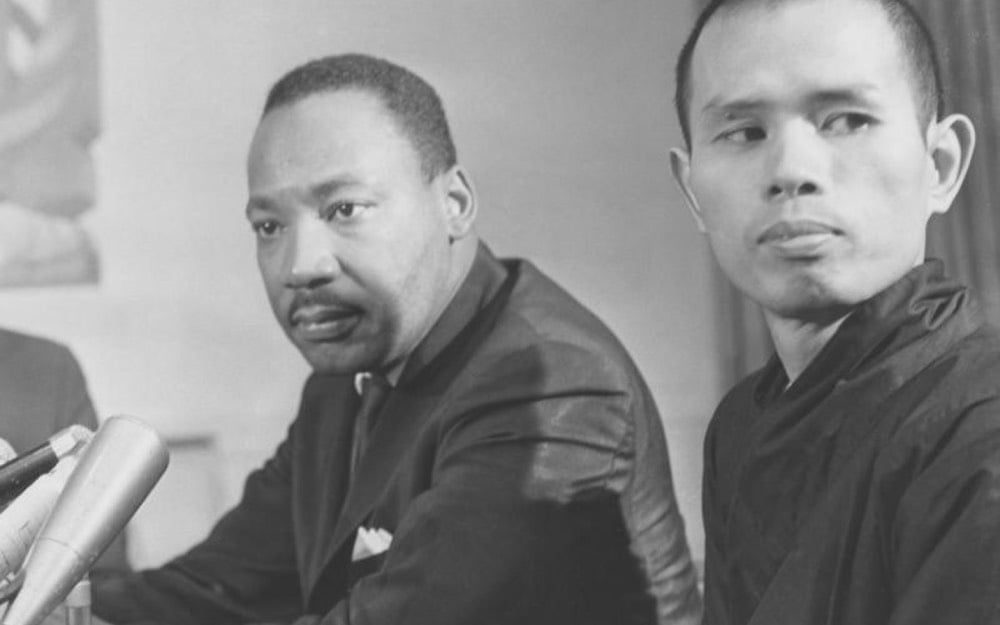A Last Lesson: Buddhist Teacher Thich Nhat Hanh’s Return Home To Vietnam
Thich Nhat Hanh became a Buddhist monk in Vietnam in 1942 and became known over the next few decades as a teacher and peace activist during the Vietnam War, at one point urging Martin Luther King Jr. to publicly denounce the war. For his activism, Nhat Hanh was denied entry back into Vietnam for nearly 40 years.

Now 92 years old, world-renowned as a spiritual leader, and ailing from the aftermath of a stroke he suffered in 2014, Nhat Hanh has returned to his original temple in Vietnam to live out his final days.
The monk’s return to Vietnam to end his life can thus be seen as a message to his disciples. “Thay’s intention is to teach [the idea of] roots and for his students to learn they have roots in Vietnam,” says Thich Chan Phap An, the head of Nhat Hanh’s European Institute of Applied Buddhism. “Spiritually, it’s a very important decision.”
Vox’s Eliza Barclay interviewed Phap Dung, one of Nhat Hanh’s senior disciples, and asked him what his teacher might be trying to say by returning to Vietnam.
He’s definitely coming back to his roots.
He has come back to the place where he grew up as a monk. The message is to remember we don’t come from nowhere. We have roots. We have ancestors. We are part of a lineage or stream.
It’s a beautiful message, to see ourselves as a stream, as a lineage, and it is the deepest teaching in Buddhism: non-self. We are empty of a separate self, and yet at the same time, we are full of our ancestors.
He has emphasized this Vietnamese tradition of ancestral worship as a practice in our community. Worship here means to remember. For him to return to Vietnam is to point out that we are a stream that runs way back to the time of the Buddha in India, beyond even Vietnam and China.





Stay Connected